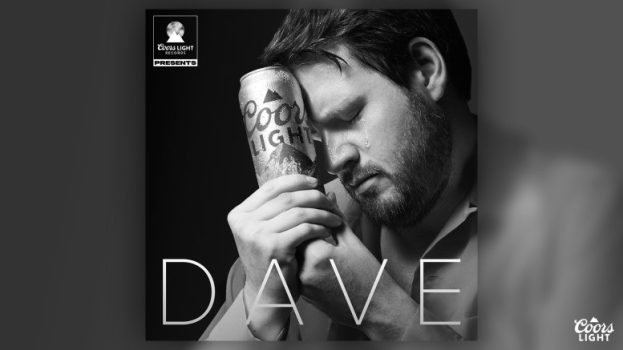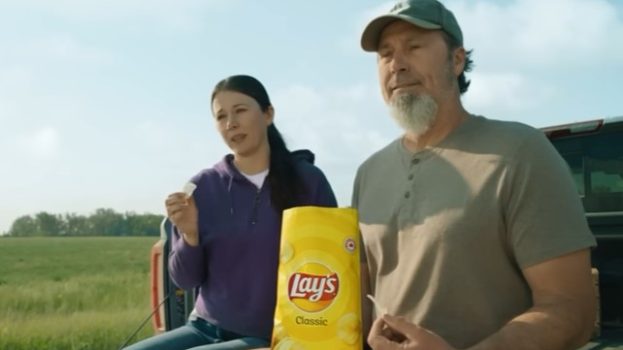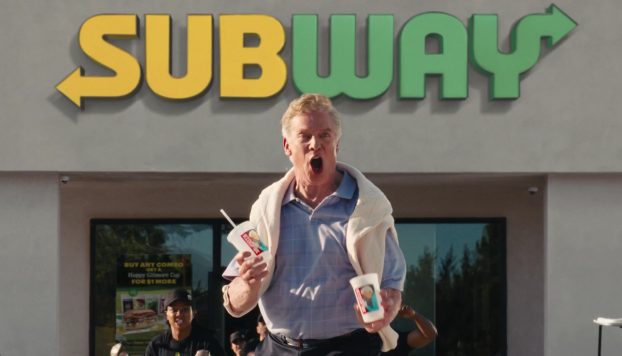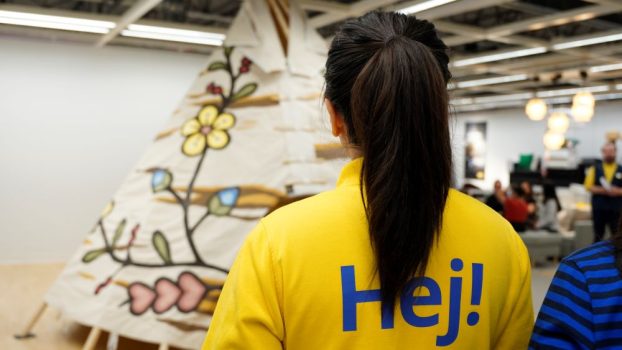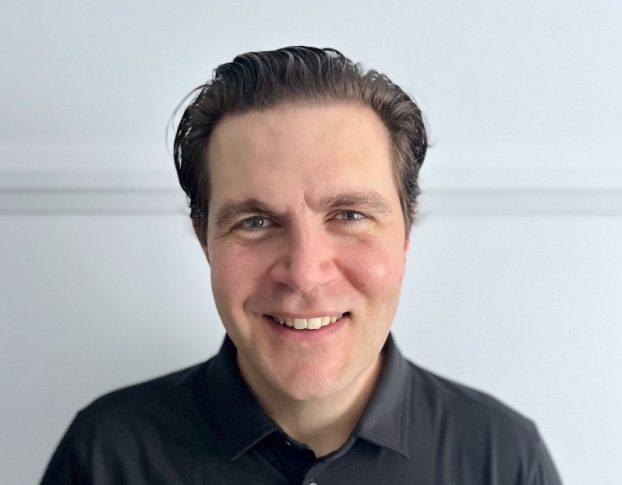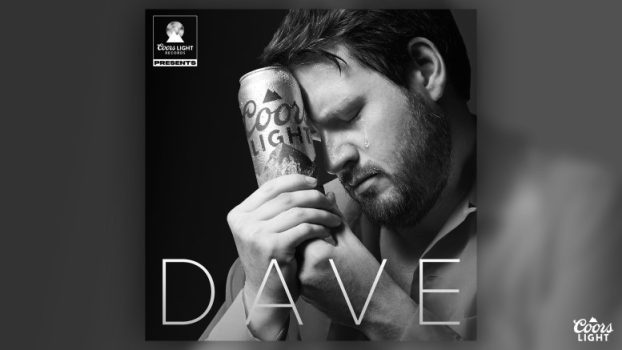Unilever is spending the second half of 2020 increasing its investment in effective marketing and brands, as strength in food and hygiene continued through Q3.
The maker of Dove, Lipton Tea, Knorr and Lifebuoy hand sanitizers is reporting a 4.4% increase in underlying sales for Q3, doubling analyst forecasts and bouncing back from flatlined growth.
In North America, the CPG’s biggest market by revenue, Unilever is reporting Q3 growth of 9.1%, fueled by demand for food eaten at home. Hellmann’s mayonnaise benefited from the phenomenon, with sales up by mid-teens, with a broadly available vegan version of the mayo helping sales across 30 markets.
Unilever CEO Alan Jope said during an investor call, however, that the topline figure masked major volatility globally, and predicts the next few months to be unpredictable.
“I continue to be perplexed by talk of a quick recovery. Public health stats in most countries are getting worse, not better,” he said. “We hope for the best, but we’re certainly not relying on it. The resilience of our portfolio, the agility of our business and the speed at which we take action will continue to be key. Our focus remains volume-led, competitive growth and delivering absolute underlying profit and free cashflow.”
Online sales surged 76% during the quarter, now representing 10% of its total business, following a similar trend from rival Procter & Gamble, which, like Unilever, also just announced it is upping its marketing spend.
Jope said most of the trends the company saw were similar to those it saw in Q2, but re-affirmed the company’s committment to five growth drivers to help it on its goal to have 60% of its business winning market share (it is currently at 50%). Those drivers are improving penetration, having innovation that has meaningful impact in consumers lives, design that is tailored to channel, having purposeful brands and investing in things that will fuel further growth.
Jope adds that Unilever’s marketing spend is increasing “heavily” for the second half of the year, though it will come with some investment in future skills, especially when it comes to increasingly important digital marketing spaces.
“The balance between brand and marketing investment that we spend in traditional media behind our brands, versus the investment we have to make in people for a more manpower-intensive marketing world where digital programmes take more resources, is larger” Jope says.
In the first half the year, in response to the pandemic, CFO Graeme Pitkethly said Unilever had weekly reviews of its brand and marketing investment to determine where resources were most needed and what was relevant, with some going unspent due to programs being postponed or cancelled. In the second half of the year, it is investing heavily in brand campaigns, which Pitkethly said would be a major increase not just relative to earlier this year, but when comparing quarters year-over-year. Total media investment has come down globally, but it remains the top advertising spender in BPC and number two in food and home care.
But while many big CPGs have focused on finding “cost efficiencies” to put back into marketing, Pitkethly spoke about marketing more in terms of investing in what effective and efficient, pointing to things like safeguards for ensuring digital media spend in particular isn’t put towards fraudulent activities or false views. He added that 82% of Unilever’s brands are either stablizing or increasing “brand power” metrics, which the company uses to gauge brand choice by consumers.
Globally, the company is reporting strong gains (19%) in hygiene, following on the heels of the 26% growth from earlier in the pandemic. Unilever is also seeing a turnaround in its “prestige” brands, which includes premium beauty offerings like Dermalogica and Kate Somerville, up 8% after a Q2 decline of 10%.
Skin cleansing, the company reports, is up 20%, while hair care styling soared 18%. According to reports, skin cleansing was bolstered by expansion of Lifebuoy into different formats, and supported by Dove antibacterial brands.


